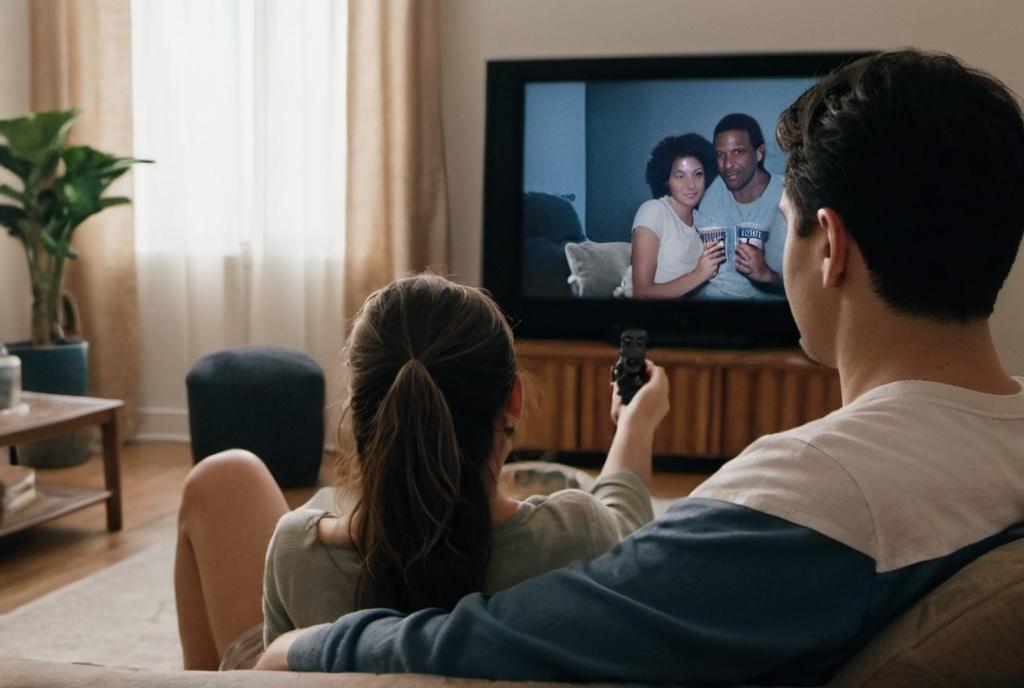
Key Take Aways About diversity in film casting
- Hollywood is pushing for inclusivity with broader representation in film casting, enhancing box office success by appealing to diverse audiences.
- Investors are increasingly backing films with diverse casts, recognizing their financial potential.
- Streaming platforms like Netflix and Amazon Prime Video facilitate diverse storytelling, reaching global audiences and catering to niche markets.
- Diverse casting can boost cultural inclusivity and validate individual experiences, though challenges like tokenism and authenticity remain.
- Diversity in film casting is expected to be a lasting trend driven by audience demand and financial incentives.

The Shift in Film Casting
Hollywood has been buzzing for a while about diversity in film casting, which reflects a broader push for inclusivity across the industry. Gone are the days when roles were predominantly filled by a narrow demographic. The entertainment sector is taking deliberate steps to include a broader representation of ethnicities, genders, and backgrounds. Does it just “sound good,” or is there more to it than that?
Better representation not only breaks stereotypes but also taps into new markets, widening the audience base. This inclusion can translate into box office success, as a broader audience sees themselves reflected on screen. Films like “Black Panther” and “Crazy Rich Asians” didn’t just perform well; they smashed records and resonated worldwide.
Financial Impacts on the Industry
The financial implications of diverse casting are noteworthy. Studios are not just bogged down by ethics; they’re seeing dollar signs. With a wider audience, global box office sales can hit new highs. This isn’t just speculation; there’s hard data backing it up.
For example, a 2017 study by UCLA found films with casts that were 21-30% minority earned the highest median global box office receipts and numbers like these hold industry folks in attention. Studios aren’t just warming up to diversity; they see it as a financial asset.
Investment in Diverse Productions
Investors are getting keen on bankrolling films with diverse casts because they recognize the lucrative potential. This shift has ripples in the financing world, as funding is no longer reserved just for “safe bets” of the past, often starring traditional A-list actors.
Crowdfunding platforms have also jumped in. They’ve become a go-to for indie films focusing on underrepresented stories, offering an alternative route to bypass traditional financing hurdles. Platforms like Kickstarter are bustling with pitches for inclusive films, with backers eager to support. It’s a kind of democratic investment process—putting your money where your values are.
Risks and Benefits
Of course, every investment carries risk, and diversity in casting isn’t immune to that. But the potential benefits often outweigh the risks, at least from a financial perspective. As the market continues to globalize, getting films with diverse casts distributed internationally adds to their appeal.
The financial upside is real, but that doesn’t mean it’s always a smooth ride. Some films with diverse casts might not perform as expected, but that’s showbiz. Just like any stock, there will be winners and losers. What matters is the overall trend—and it’s moving in the direction of inclusion.
The Role of Streaming Platforms
Streaming platforms like Netflix and Amazon Prime Video have been quick to catch this wave. They’ve started investing heavily in films and series that showcase a range of voices and stories. These platforms have global reach, which means a story set in one cultural context can find viewers oceans away. That’s a whole new ball game.
What makes streaming platforms stand out is their ability to cater to niche audiences. They’re not bound by the demands of a theatrical release, so they can afford to experiment more. This flexibility encourages storytellers with diverse viewpoints to bring fresh content, knowing that there’s a chance for discovery.
Cultural Impact
Cultural impact is another angle to consider. Diversity in casting is not just about who gets to be on screen, but also how that representation affects audiences. People are tired of cookie-cutter stories and crave narratives that reflect the real world. When viewers see themselves and their stories authentically represented, the connection between screen and spectator is stronger.
For instance, think about the effect of seeing a hero in a blockbuster who looks like you. It boosts self-esteem and validates individual experiences. From a sociological perspective, this can foster a more inclusive culture, making diversity in film a win-win.
Current Challenges
Alright, so everything isn’t all sunshine and rainbows. The industry still has issues to tackle. There’s pushback from some quarters who resist change, clinging to outdated casting norms. Sometimes, attempts at diversity can even feel more like token gestures than genuine inclusion.
And then there’s the issue of authenticity. Films need to avoid surface-level inclusion, where the diversity isn’t reflected in the story itself. It’s one thing to cast a diverse actor. But is the script respectful and accurate in its representation? That’s the real test.
Future Outlook
Looking ahead, the film industry’s commitment to diversity doesn’t seem to be a temporary phase. As audiences become more vocal about their desires for representation, it’s likely that diversity in casting will continue to be a priority, shaping the industry for years to come.
Sure, there will be challenges and setbacks—like anything worth doing. But the payoff in cultural and financial terms makes it a path worth pursuing.
So, whether you’re an investor eyeing the next box-office hit or a fan eager for stories that break the mold, the move toward diverse casting offers plenty to keep an eye on.



